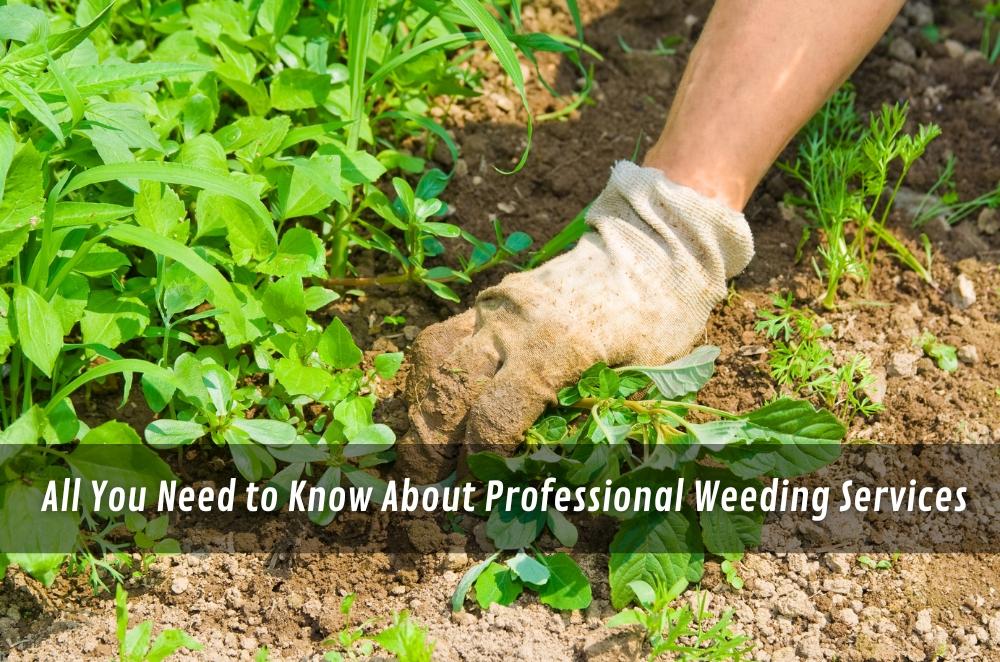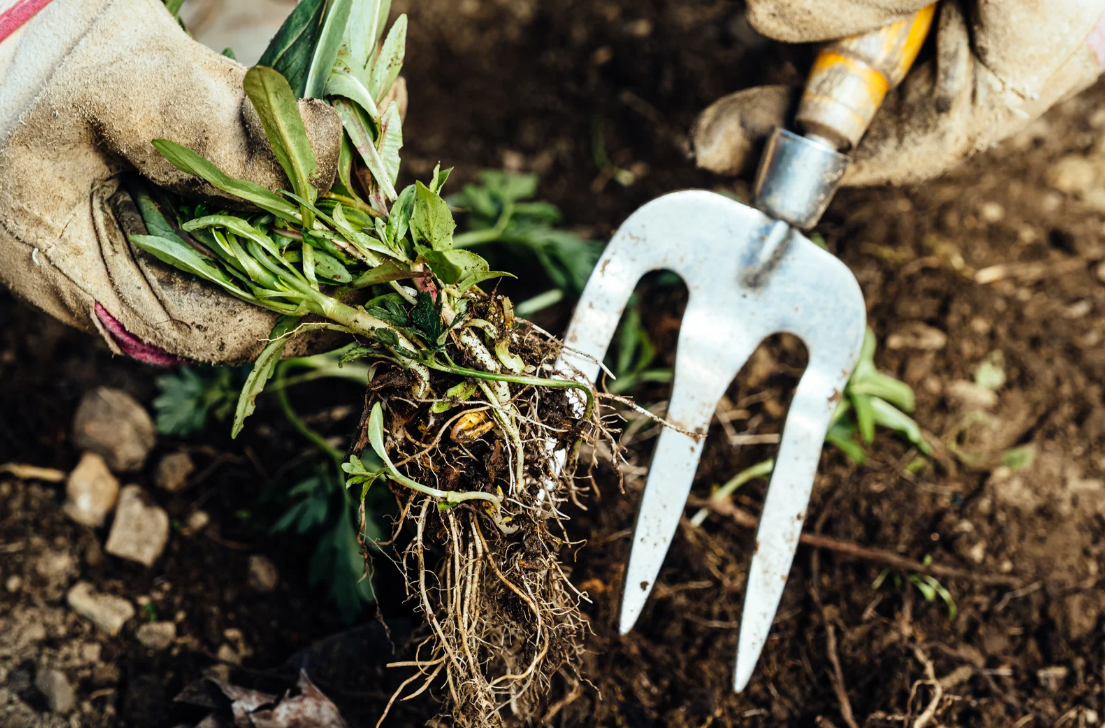All You Need to Know About Professional Weeding Services

Gardens rarely fall into chaos overnight. It starts small—an extra sprout after rain, a creeping runner edging into the flower bed—and suddenly the plants you actually wanted are fighting for space. I’ve had weekends where I pulled out armfuls of weeds, only to find the same spots crowded again within weeks. That’s when I realised weeding isn’t just a quick tidy-up job; it’s an ongoing part of keeping a garden balanced. Sometimes the most practical choice is to bring in professional weeding, because the difference shows up not only in how clean the garden looks but in how healthy everything else becomes. A well-managed bed means stronger plants, fewer pests, and soil that holds together rather than breaking down under stress. Understanding what goes into the process helps homeowners decide when to tackle weeds themselves and when to call for extra help.
What a professional weeding actually involves
Weeding sounds simple, right? Grab the roots, yank, and bin it. Except, if you’ve ever wrestled with couch grass or bindii, you know it doesn’t work like that. Pull the top, leave a bit of root, and you’ve just booked yourself another round in a few weeks.
What really makes the difference is rhythm—catching them before they seed, not disturbing the whole bed more than needed, and closing off bare patches straight after.
-
Know what type of weed you’re dealing with—grassy, broadleaf, woody—before you go in.
-
Don’t rip the soil open unnecessarily. That just wakes up more seeds.
-
Cover disturbed ground with mulch or plants right away.
-
Circle back regularly instead of doing one big blitz.
I learned this the hard way. Years ago, I went all in on bindii with spray and brute force. The following season? They were back, and worse. Only when I treated it as a cycle—hand pulling, targeted removal, mulch, repeat—did the lawn finally stop biting back.
Biosecurity thinking for home gardens
Australia’s pretty unforgiving when it comes to weeds. Plants that look harmless in a pot can turn into a nightmare once they escape into creeks or scrub. I’ve seen it first-hand—a neighbour once tossed clippings over the fence, and a season later, lantana had taken over the gully behind us.
That’s why it helps to think a bit bigger than “just my backyard.” Proper disposal, cleaning tools, even being picky with what plants you bring in—it all matters. Government advice on gardening biosecurity makes it clear: little habits at home stop weeds and pests from getting the upper hand in the wider landscape. It’s simple stuff, but it adds up fast.
-
Bag invasive weeds separately and don’t toss them in the home compost.
-
Knock soil off boots, gloves, and tools before moving them around.
-
Skip the risky ornamentals—there are plenty of safer choices.
-
Label waste bags before putting them out for collection.
I set up an old bucket by the back tap for washing tools. Sounds basic, but since then, those “mystery weeds” that used to pop up after rain barely show up at all.
Common mistakes that let weeds win
Most of us don’t lose the battle because we didn’t try—it’s the small oversights that keep weeds in the game.
-
Leaving patches of bare soil after a planting session.
-
Watering the whole bed evenly instead of just the root zones.
-
Digging too deep and turning up the seed bank.
-
Waiting too long between clean-ups.
I used to hammer my garden once a month with a big “makeover day.” Looked great for about a week. Then it all unravelled. Switching to smaller, regular sessions was a game-changer. It felt less overwhelming, and the weeds never had a chance to regroup.

Landscaping ideas that suppress weeds long-term
If there’s one thing I’ve learned, it’s this: design either fights weeds for you or fights against you. Cram in the right plants, add mulch, and suddenly there’s no space for weeds to crash the party. Ignore design, and you’re forever on the back foot.
-
Layer your planting—groundcovers below, shrubs in the middle, taller structure plants above.
-
Top up mulch steadily instead of ripping through beds each time.
-
Put in clean edges so lawns and beds don’t bleed into each other.
-
Group plants with similar watering needs so you’re not feeding weeds by mistake.
When I reworked one bed with hardy natives and dense groundcovers, weeding dropped to a 5-minute job every fortnight. That’s where outdoor landscaping ideas can be useful—design isn’t just about looks, it’s about creating a garden that resists weeds naturally.
How timing and technique shape results
There’s a right moment to weed. Too early, and you’ll waste energy. Too late, and you’re yanking at a monster that’s already seeded. After rain, when the soil loosens, it is usually perfect. A hand fork, gloves, and a bucket ready—that’s often all you need.
-
Hit weeds before they seed, not after.
-
Keep chemicals for spots where pulling risks damaging your actual plants.
-
Avoid stomping through damp beds—it compacts the soil and gives shallow weeds the upper hand.
-
Re-mulch thin areas instead of turning the whole lot over.
I keep a simple rhythm: quick scan each week, a deeper hand pass every fortnight, and edge resets once a month. It’s not fancy, but it works.
What a tidy base unlocks for the rest of the garden
When weeds aren’t hogging the spotlight, the rest of the garden just works better. Beds breathe, water soaks in where it should, and even small additions stand out more. That’s usually when people start thinking about upgrades—extra seating, a new path, maybe a border that frames the lawn.
The thing is, the landscaping services benefits stretch far beyond looks. Less maintenance, better usability, and a real lift in the way a space feels day-to-day.
-
Paths cut down compaction and make moving tools easier.
-
Hard surfaces in work areas save plants from getting trampled.
-
Irrigation at the root level limits the wet spots that weeds love.
-
Staging projects step by step keeps the garden steady.
When I finally edged my beds and laid down gravel paths, it wasn’t just neater—it was easier. I spent less time wrestling with regrowth and more time actually enjoying the space.
Final thoughts
Weeds are opportunists. Give them space, and they’ll take it. Close those gaps with steady maintenance, good design, and, when needed, a proper reset, and the whole dynamic shifts. I’ve seen it in my own garden and in plenty of others: once you stay ahead, the work gets lighter. Beds hold their shape, plants flourish, and weekends feel more like time in the garden—not time at war with it.



